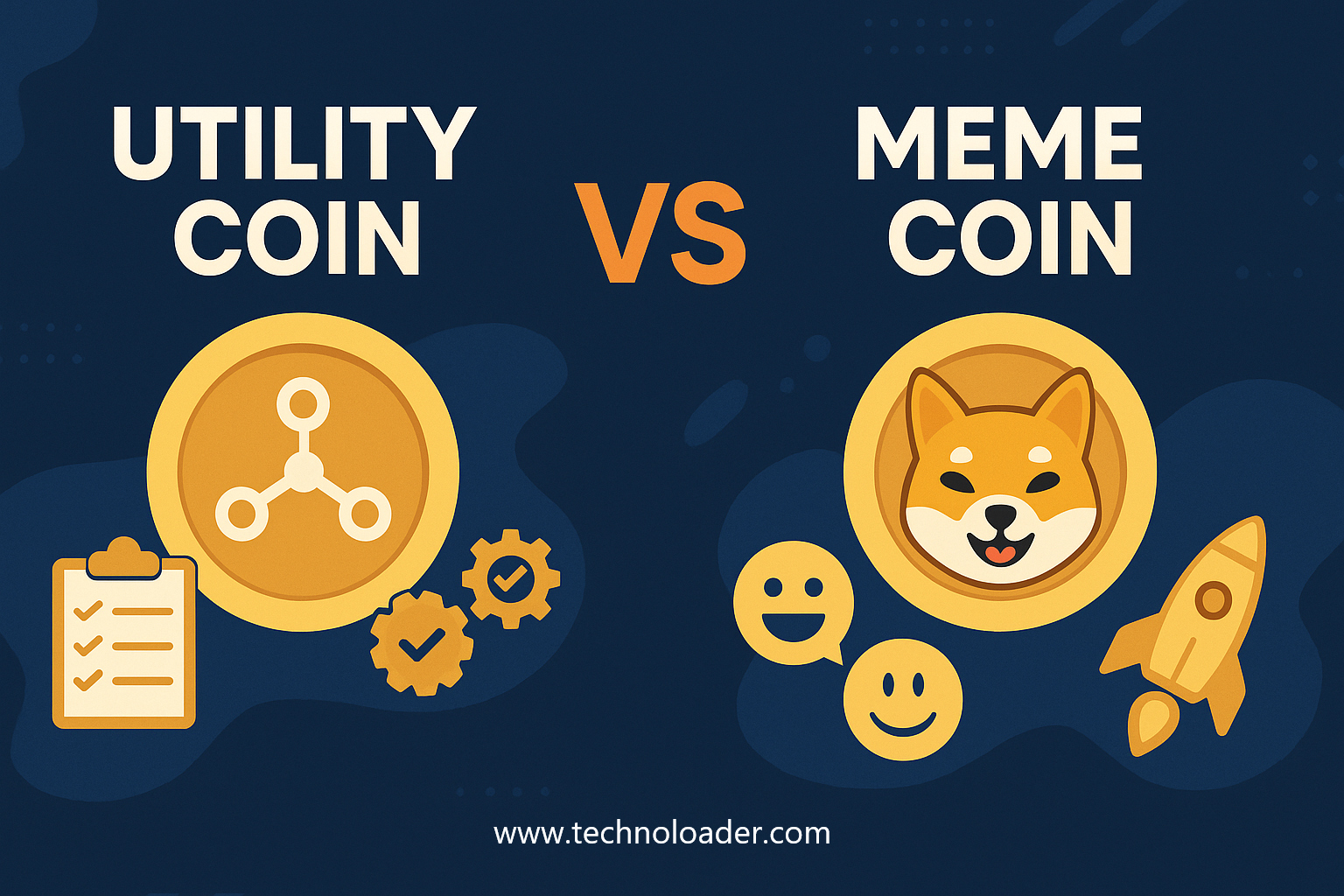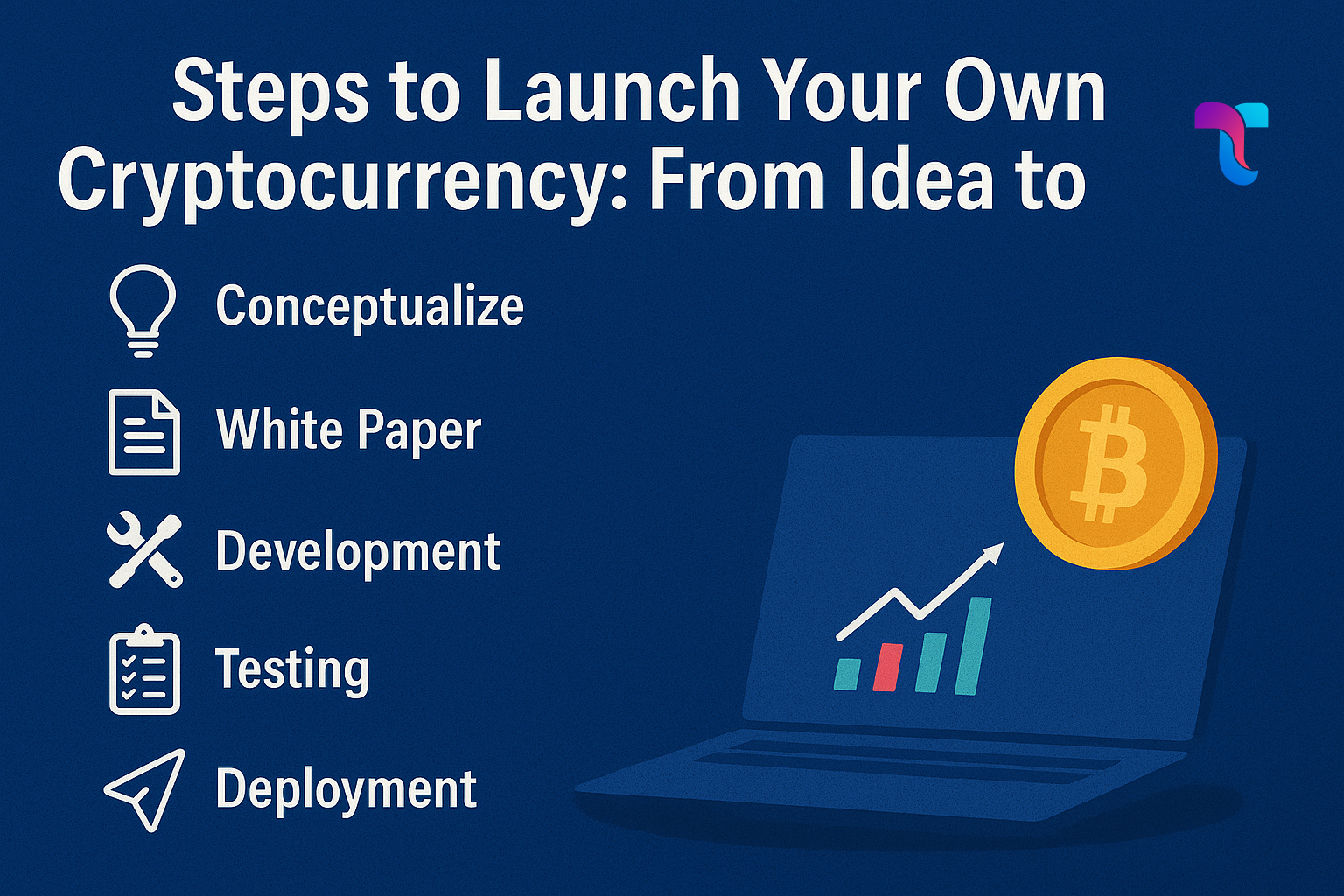Onshore vs Offshore | Which Outsourcing Model Works Best for SMEs?

In today’s fast-paced digital world, small and medium-sized enterprises (SMEs) are under growing pressure to stay competitive, reduce costs, and scale quickly. One of the most effective strategies many SMEs adopt is outsourcing. However, choosing between onshore and offshore outsourcing models can be a complex decision with long-term consequences.
This guide explores both models in simple terms, comparing their benefits, drawbacks, and relevance for SMEs. We also take a look at how services like dark web monitoring and finding the right IT outsourcing company play a vital role in this choice.
What is Onshore and Offshore Outsourcing?
Before comparing the two, let’s clarify what these terms mean:
Onshore outsourcing means partnering with a service provider located in the same country. For example, a UK-based SME hiring a UK-based IT support firm.
Offshore outsourcing, on the other hand, involves hiring a provider located in a different country—typically where labour and infrastructure costs are lower, such as India, the Philippines, or Eastern Europe.
Both approaches offer access to skilled talent and technology, but they come with different risks, costs, and communication dynamics.

Pros and Cons of Onshore Outsourcing
Advantages:
- Clear Communication: One of the biggest strengths of onshore outsourcing is that language and cultural differences are minimal. Meetings, updates, and collaboration are often quicker and smoother.
- Better Legal Compliance: Working with a local IT outsourcing company ensures that both parties follow the same regulations, especially important for sectors where GDPR and data security matter.
- Quicker Response Times: If an issue arises—say, a data breach or a dark web monitoring alert—local teams can act faster due to time zone alignment.
- Easier Collaboration: Physical meetings and on-site visits are possible, which builds trust and strengthens partnerships.
Disadvantages:
- Higher Costs: Onshore teams usually charge more due to higher wages, taxes, and office expenses.
- Limited Talent Pool: Smaller markets may not always offer specialists in newer or niche technologies.
- Reduced Flexibility: Smaller firms may find fewer options for custom packages or pricing compared to offshore providers.
Pros and Cons of Offshore Outsourcing
Advantages:
- Cost Savings: The most cited benefit of offshore outsourcing is reduced cost. Businesses can save significantly on development, support, and back-office operations.
- Access to Global Talent: Offshore providers often have vast teams skilled in areas such as cloud computing, app development, cybersecurity, and dark web monitoring.
- Around-the-Clock Service: Due to time zone differences, offshore teams can work while your local team is offline, helping with 24/7 coverage.
Disadvantages:
- Communication Delays: Different time zones and language barriers may cause slower responses or misunderstandings.
- Quality Control: Not all offshore vendors maintain the same quality standards, so SMEs must perform careful vetting.
- Data Privacy Risks: When outsourcing sensitive tasks like cybersecurity or dark web monitoring, ensuring international compliance with UK data protection laws can be tricky.
- Hidden Costs: Although labour might be cheaper, communication gaps and poor project management can lead to rework and hidden expenses.
Key Factors SMEs Should Consider
Choosing between onshore and offshore isn’t always straightforward. Here are some important points SMEs should weigh before deciding:
1. Budget
Cost is often the deciding factor for SMEs. Offshore outsourcing is generally cheaper, but that doesn’t always mean better value. For services that involve confidential data or real-time support, like dark web monitoring, cutting corners could prove more expensive in the long run.
2. Nature of Work
Tasks like software development or graphic design might be suitable for offshore models. However, work that involves sensitive data or regulatory compliance, such as cybersecurity and IT support, often benefits from onshore outsourcing.
3. Security and Compliance
IT services must comply with laws such as GDPR. An offshore partner may not fully understand or follow UK-specific standards. When evaluating providers, ask whether they’re experienced in security practices, and if they offer dark web monitoring or other data protection tools.
4. Communication and Culture
Offshore outsourcing may introduce communication barriers. Language differences, delays in feedback, and misunderstandings can cause friction, particularly in collaborative environments.
5. Scalability and Support
Can your chosen partner scale services as your business grows? Whether you choose onshore or offshore, your IT outsourcing company should be able to grow with you and offer scalable solutions.
Pro Tip: Always request a trial period or start with a small project. This helps assess a provider’s skills, communication, and ability to deliver without committing to a long-term contract.
Hybrid Models: Combining Onshore and Offshore
Many SMEs today are turning to hybrid models—combining both onshore and offshore outsourcing to get the best of both worlds.
For example, an SME might offshore their app development to save costs but hire a UK-based provider to manage customer support or security services like dark web monitoring. This ensures cost efficiency without compromising on data protection or user experience.
Hybrid models also allow businesses to keep core functions close while outsourcing less critical operations to offshore teams.

Examples
Here are a few simplified examples of how SMEs have chosen different models to meet their business goals:
Scenario 1:
A UK-based e-commerce SME outsourced its website development to an offshore team in India, saving 40% in costs. However, they retained a local IT outsourcing company for cyber threat response and dark web monitoring to ensure quick action and compliance with UK law.
Scenario 2:
A tech startup initially opted for an offshore partner for both development and support. While development went smoothly, support-related complaints from customers led them to switch to a UK-based support team, creating a hybrid setup.
Scenario 3:
A marketing agency chose an onshore team for all its operations to maintain brand consistency, protect client data, and comply with local legal standards.
These examples show that your choice doesn’t have to be all or nothing. Flexibility is key.
Conclusion: Which Model Is Right for You?
The answer depends on your business priorities. If reducing costs is your main goal and the task is low-risk, offshore outsourcing may be suitable. However, if security, speed, and compliance are crucial—particularly for services like dark web monitoring—onshore or hybrid models are often the safer choice. Every SME has different needs, so it’s vital to work with an experienced IT outsourcing partner who understands your objectives, communicates clearly, and protects your digital assets.
At Renaissance Computer Services Limited, we help SMEs make smart outsourcing decisions, with a strong focus on security, efficiency, and transparency. Contact us today to learn more.





